Table Shots: Yay or Nay?
Picture it: you’re at a wedding during the reception, sitting at a table with friends, when up pops the official wedding photographer asking you to stop everything and take a photo. This always happens immediately after you’ve taken a big bite so you end up looking like the table chipmunk. Always. In today’s blog post, I have a better idea for table shots which will get you natural photos and avoid making the photographer the most hated person at your wedding.
How to Capture Natural Photos of Your Guests
Trust me: there is a better way to handle table shots at a wedding.
For most couples, it is customary to visit – albeit briefly – with each table during the reception. While the couple is visiting with guests, the photographer should be a silent shadow capturing the couple saying thank you for coming to our wedding. Guests see the bride and groom coming to the table and in turn want to stop what they are doing and visit with the guests of honor. The result is natural, close up group photos of the bride and groom interacting with each guest.
As a documentary-style photographer, I am strongly opposed to the traditional table shot. My style of photography means that my clients are seeking the most natural photos possible. No stiff poses. Ever. For most of the wedding, this translates to me capturing the action with a long lens from a corner of the room. As the photographer, I don’t step in and make a scene, and I also don’t ask guests to smile for the camera. [The exceptions being if any guest asks me to take their photo – absolutely! – and if I see a group of guests getting together on their own for a photo, in which case I will step in and ask them to remain posed for one more minute for my camera.]
When I approach a guest to ask her/him to smile for the camera, I am breaking down the fourth wall, so to speak, and making my presence known to the guests. Further, I am unintentionally now seen as an annoyance to guests who just want to be left alone to have a good time.
Each time that I ask guests to notice my camera, it becomes that much tougher thereafter for them to ignore me completely and allow me to capture unscripted images. Rather, as I roam the reception, guests begin to assume that they need to stop and smile. And thus, any attempt at true photojournalism flies right out the window.
If you stick with documentary-style table shots, you ensure that you keep the party going in the same documentary-style vein. If you, as bride and groom, gather the table together for a shot, then great! You, the couple, initiated the shot – not me, the photographer. It’s a small distinction, but by initiating the photo yourselves, you are maintaining a photojournalistic boundary between your guests and me. And if you want to get specific groups together for a photo – say, all of your high school friends or your colleagues from work – then have a scheduled time set during the reception for group photos. This way your guests can plan the photo into their fun agenda, and continue on with the party.
Traditional photographers take staged photos. You’ve evolved, and now your table shots should as well.
These lovely reception photos were taken during Katie and Zach’s fantastic Central Park Conservatory Garden wedding. To view all the photos from their wedding, go to this link.
Are you planning to tie the knot soon? Drop me a line and let’s talk about your photography needs.
If you would like to see more images from my portfolio, then please visit my website — KellyWilliamsPhotographer.com.
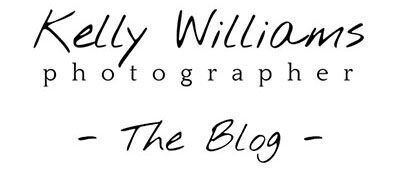
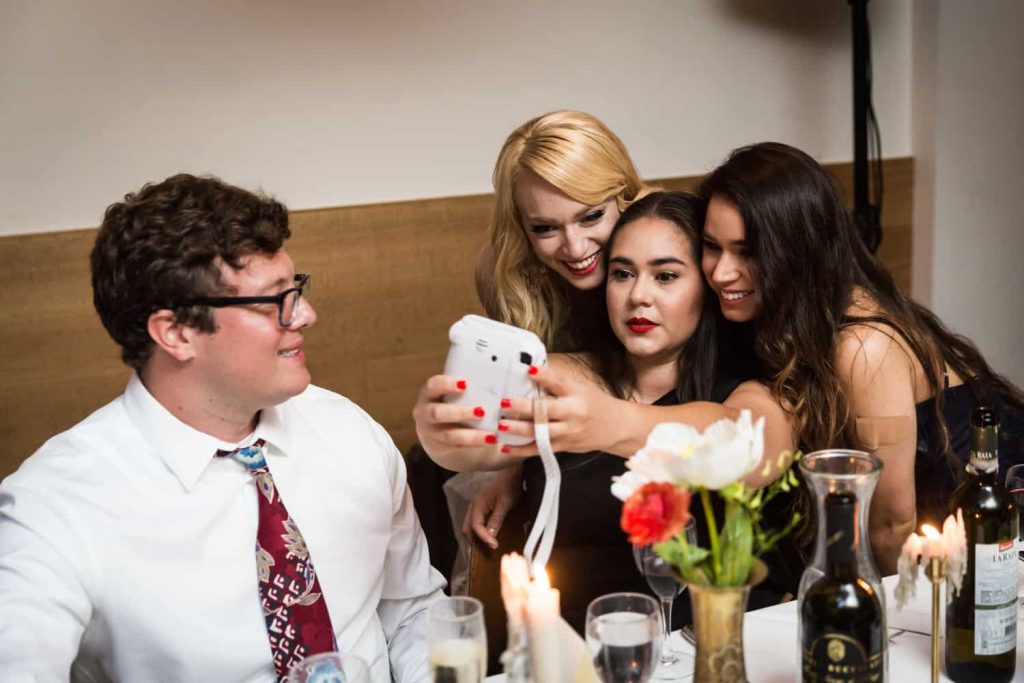
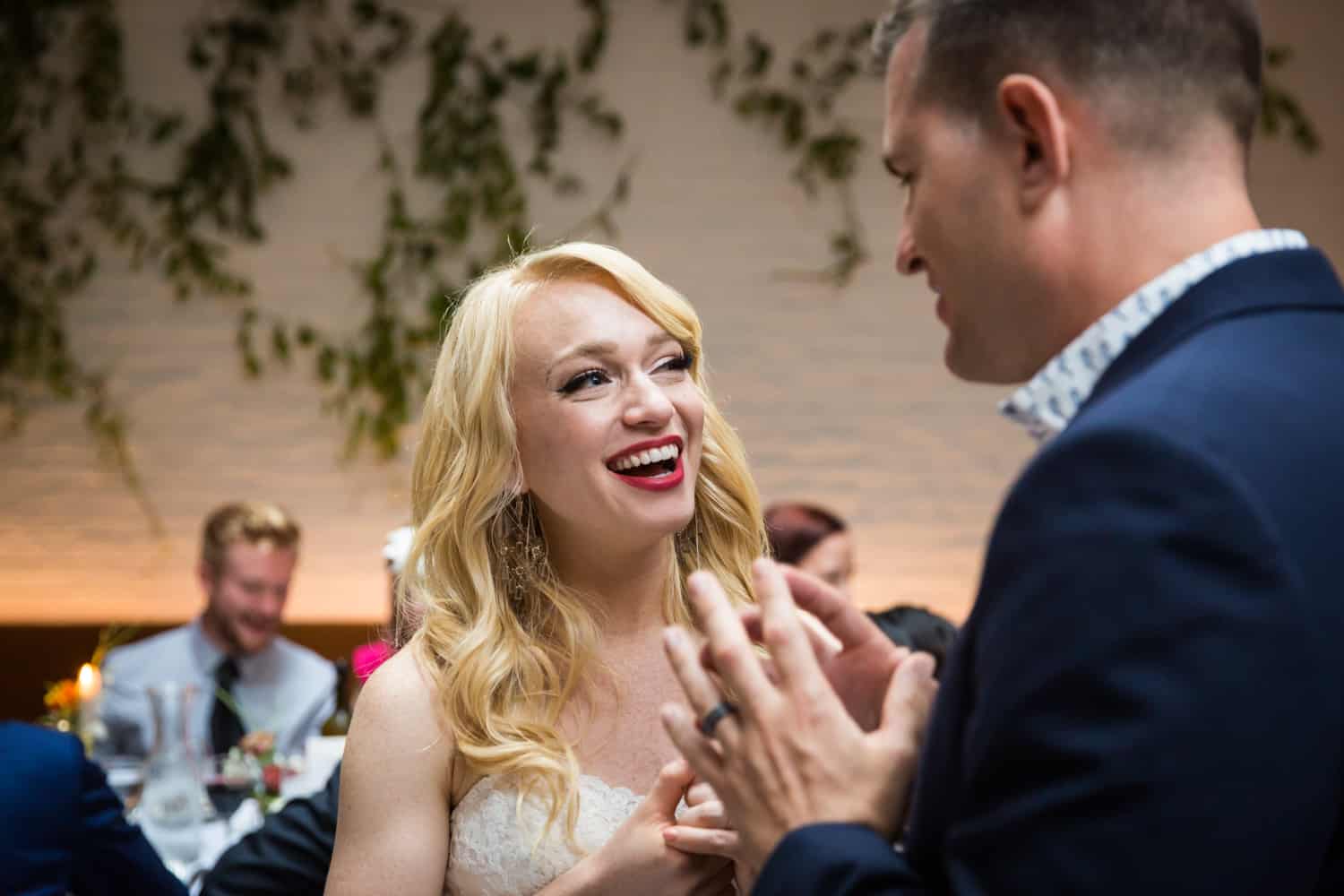
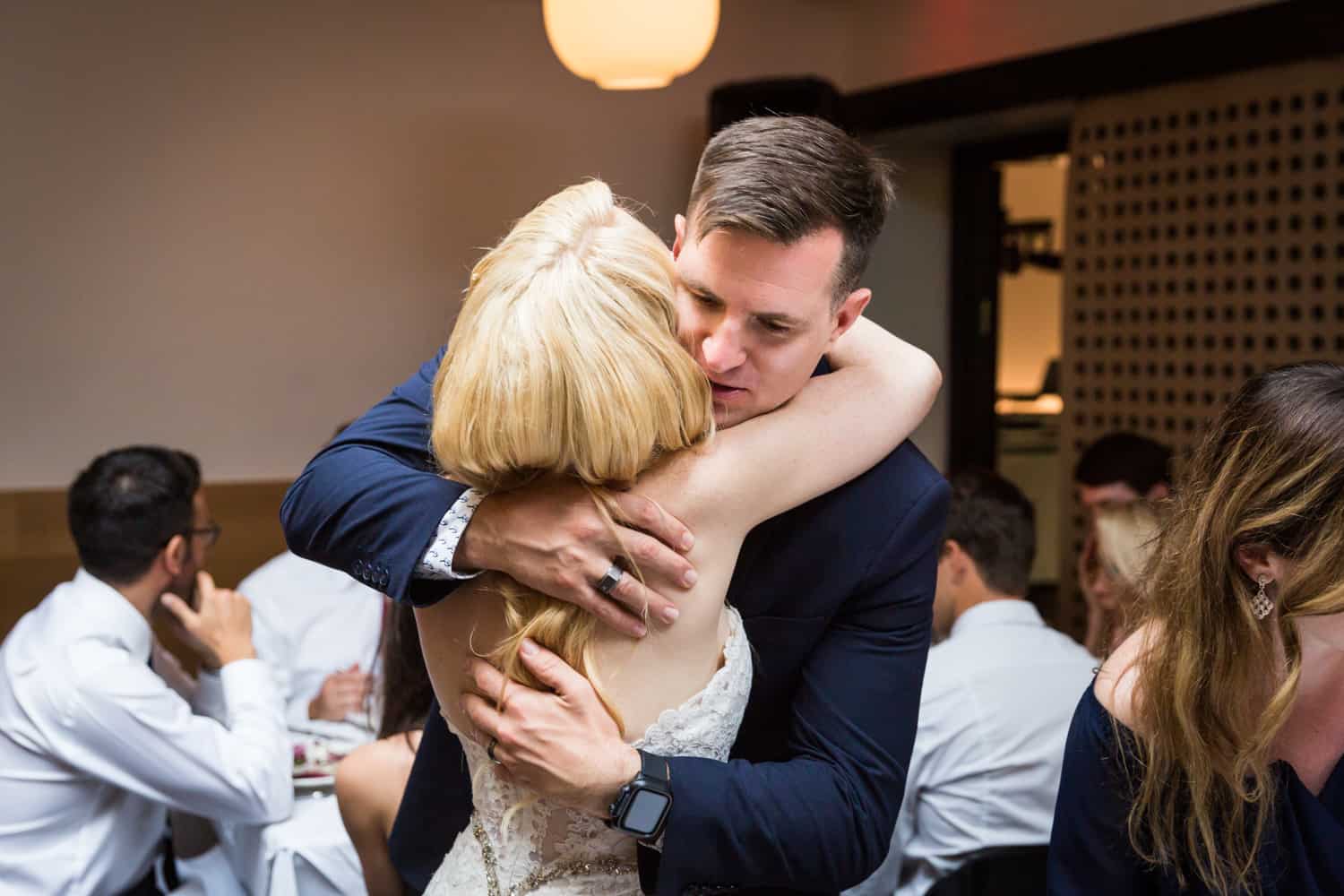
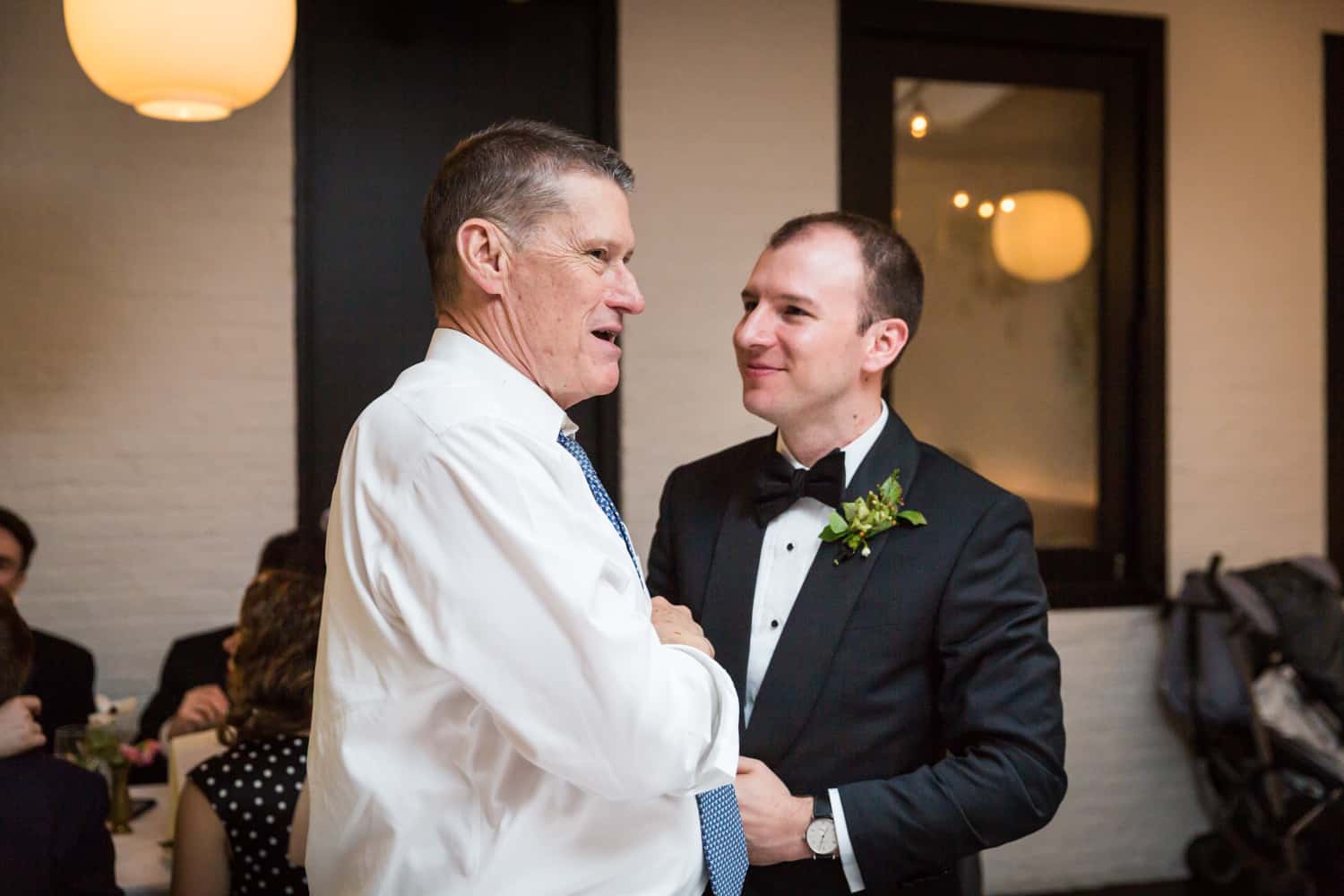
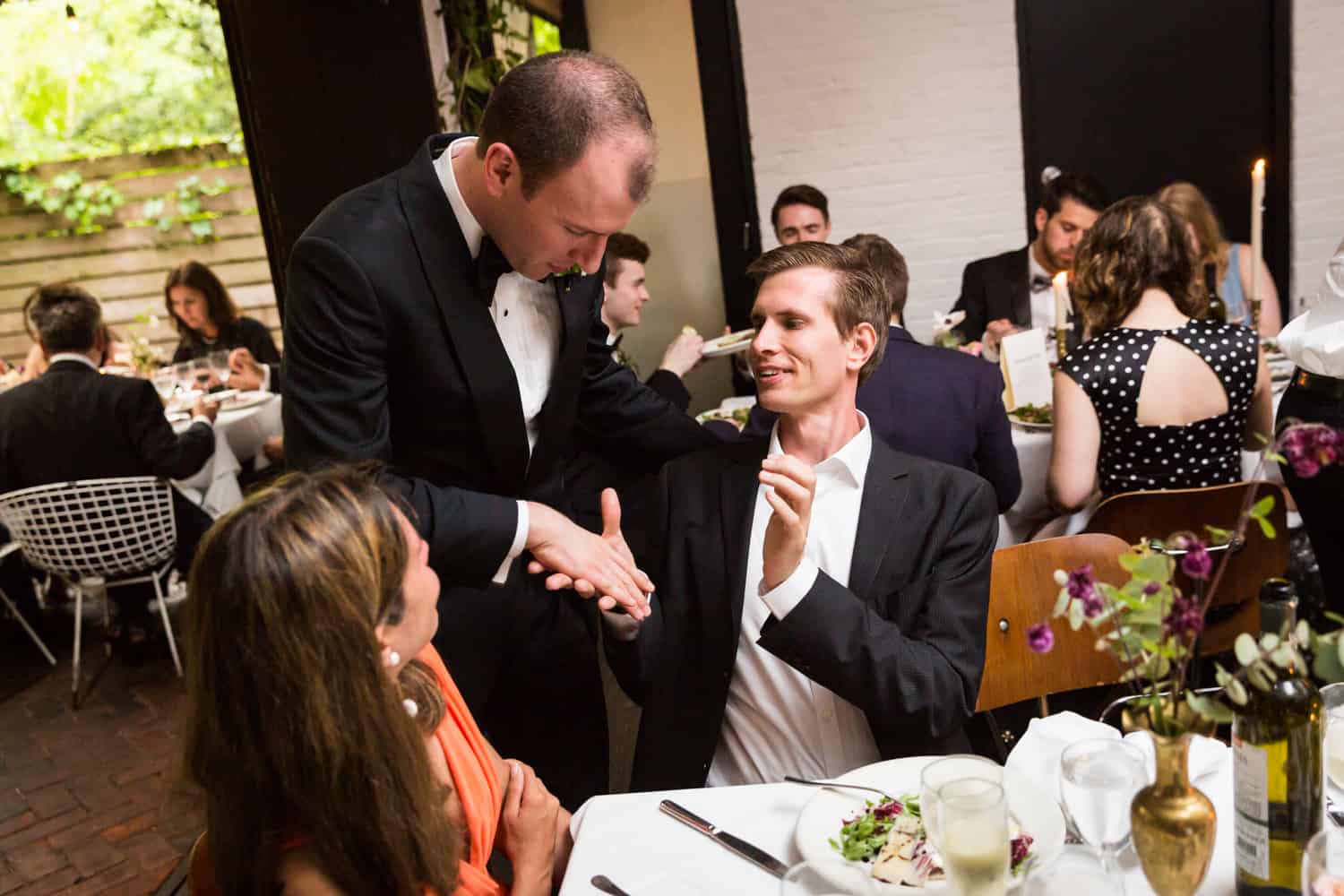
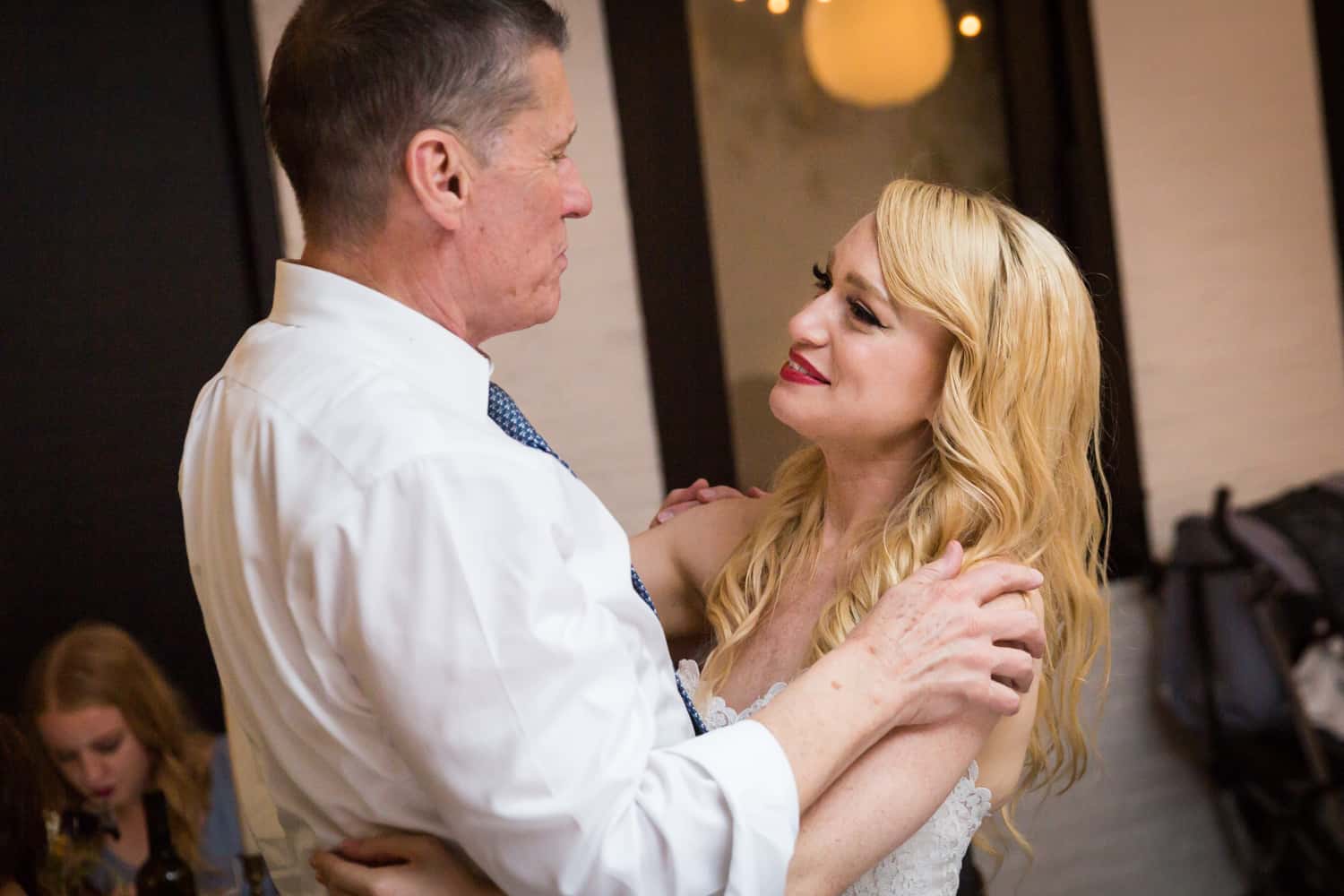
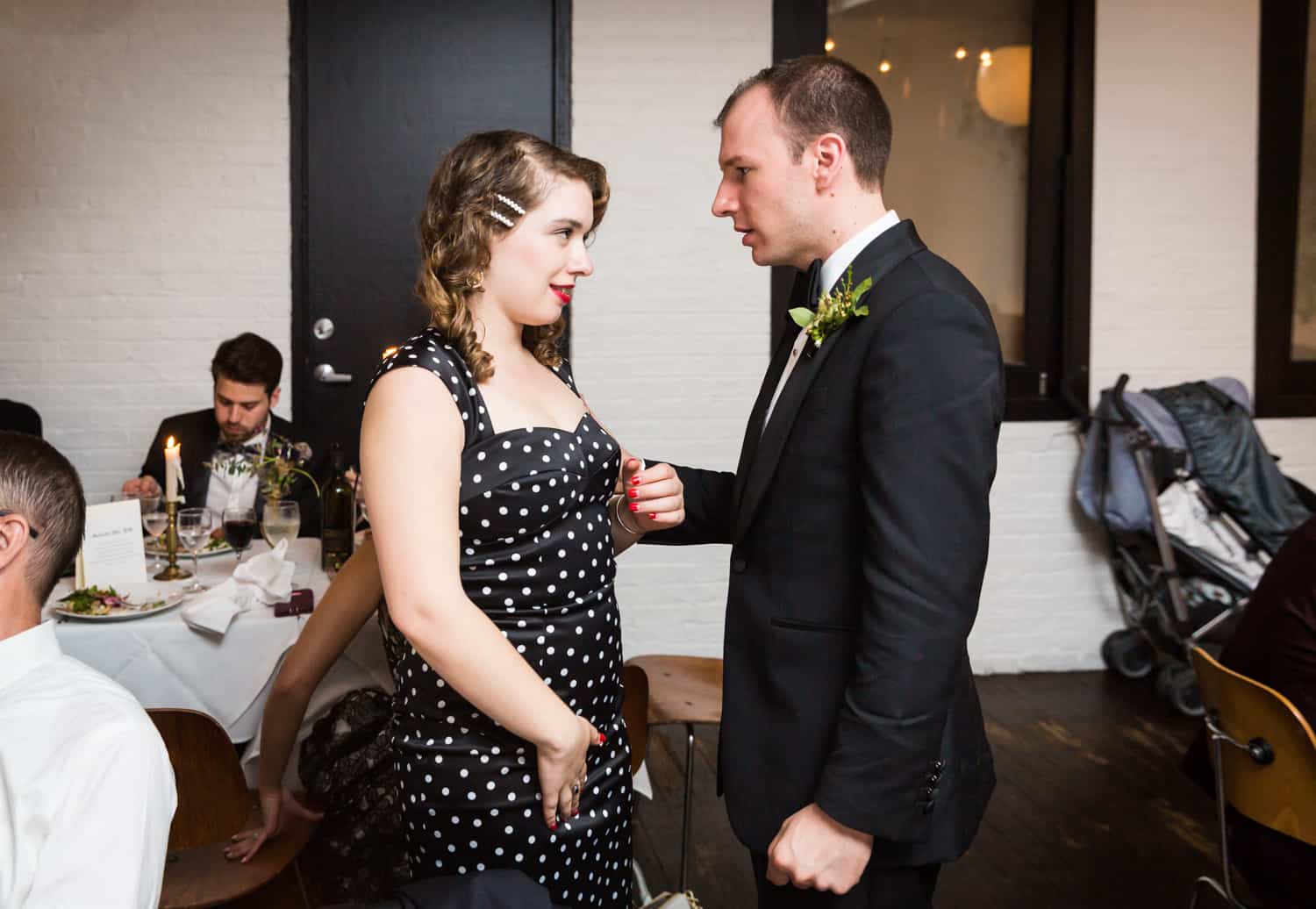
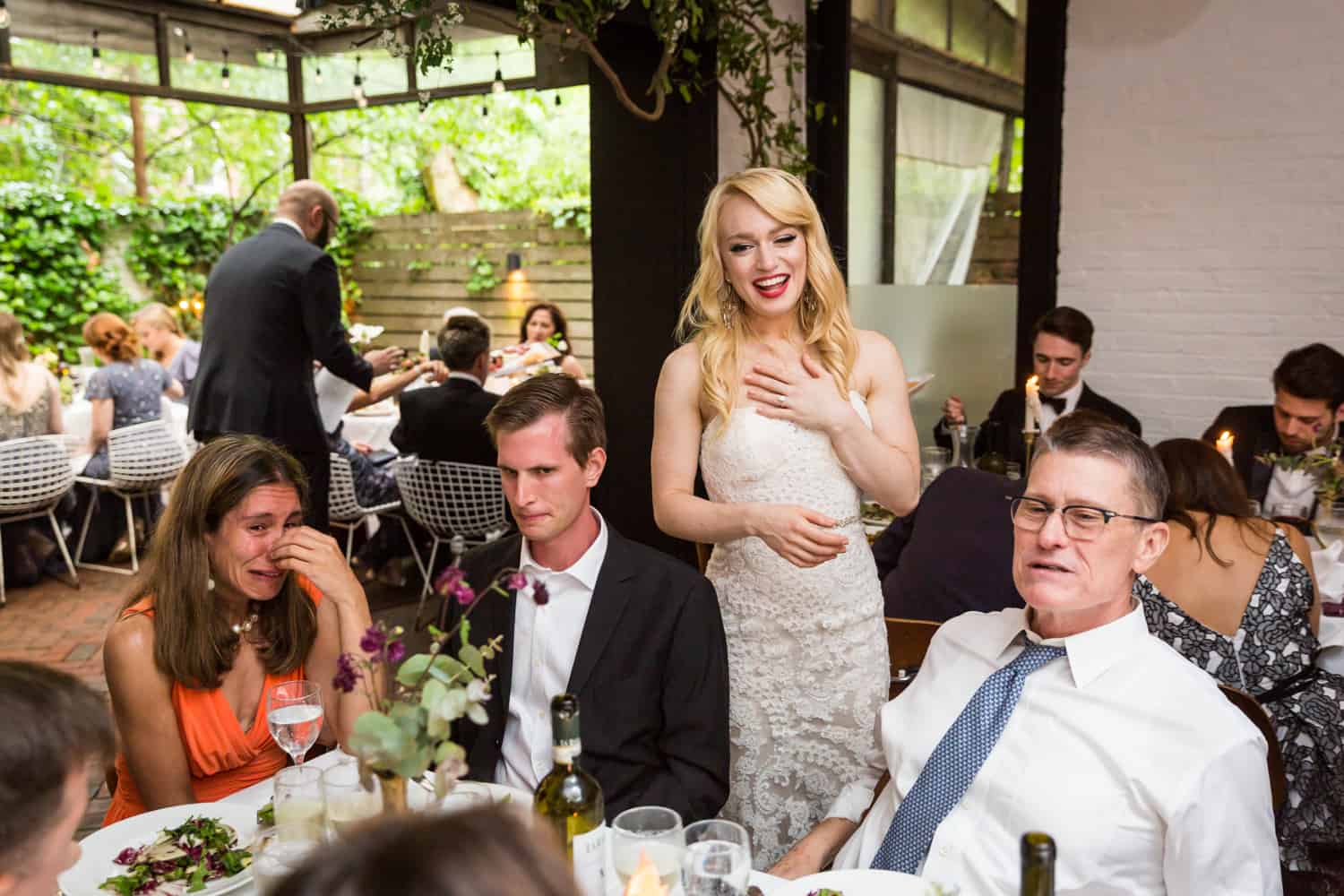
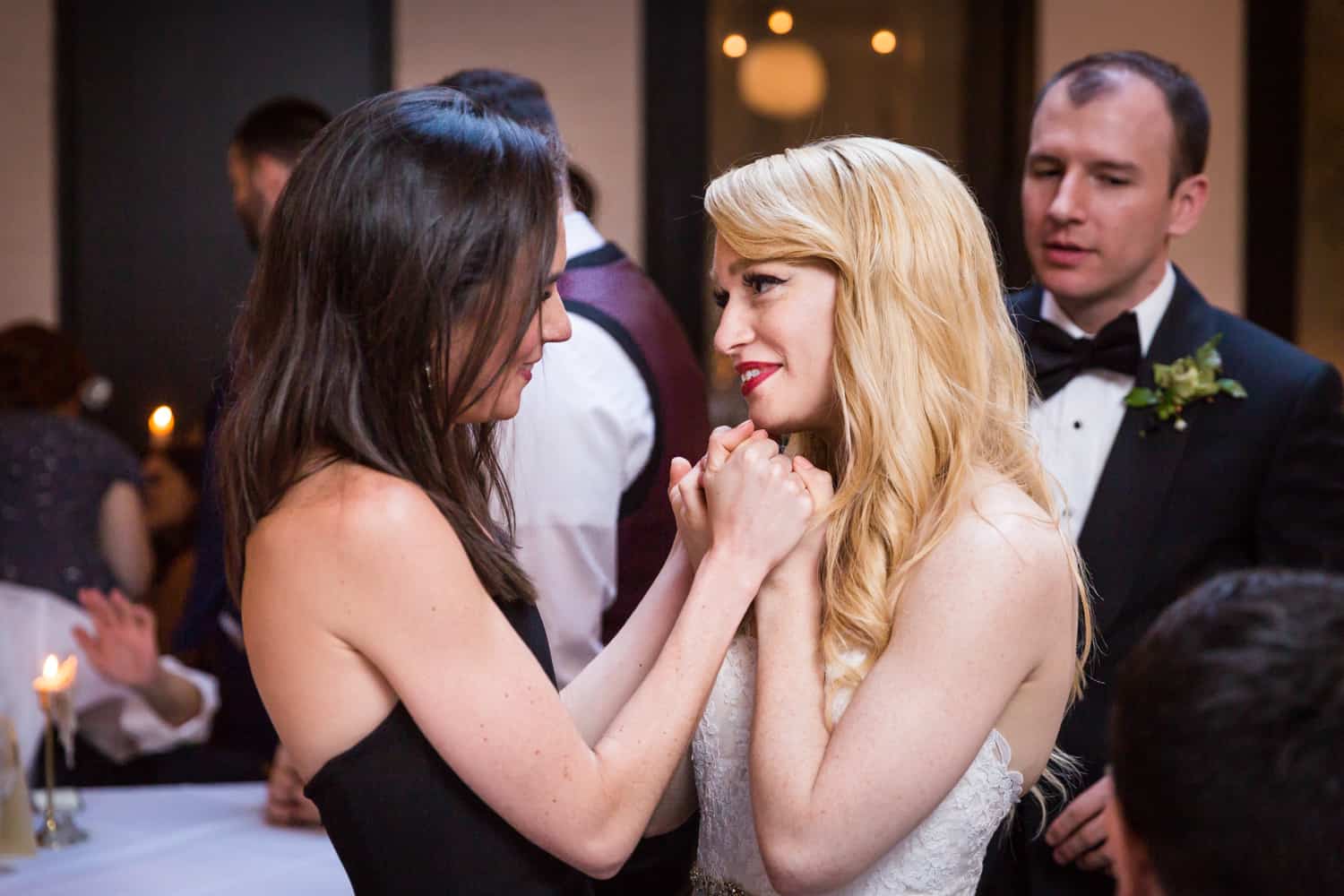
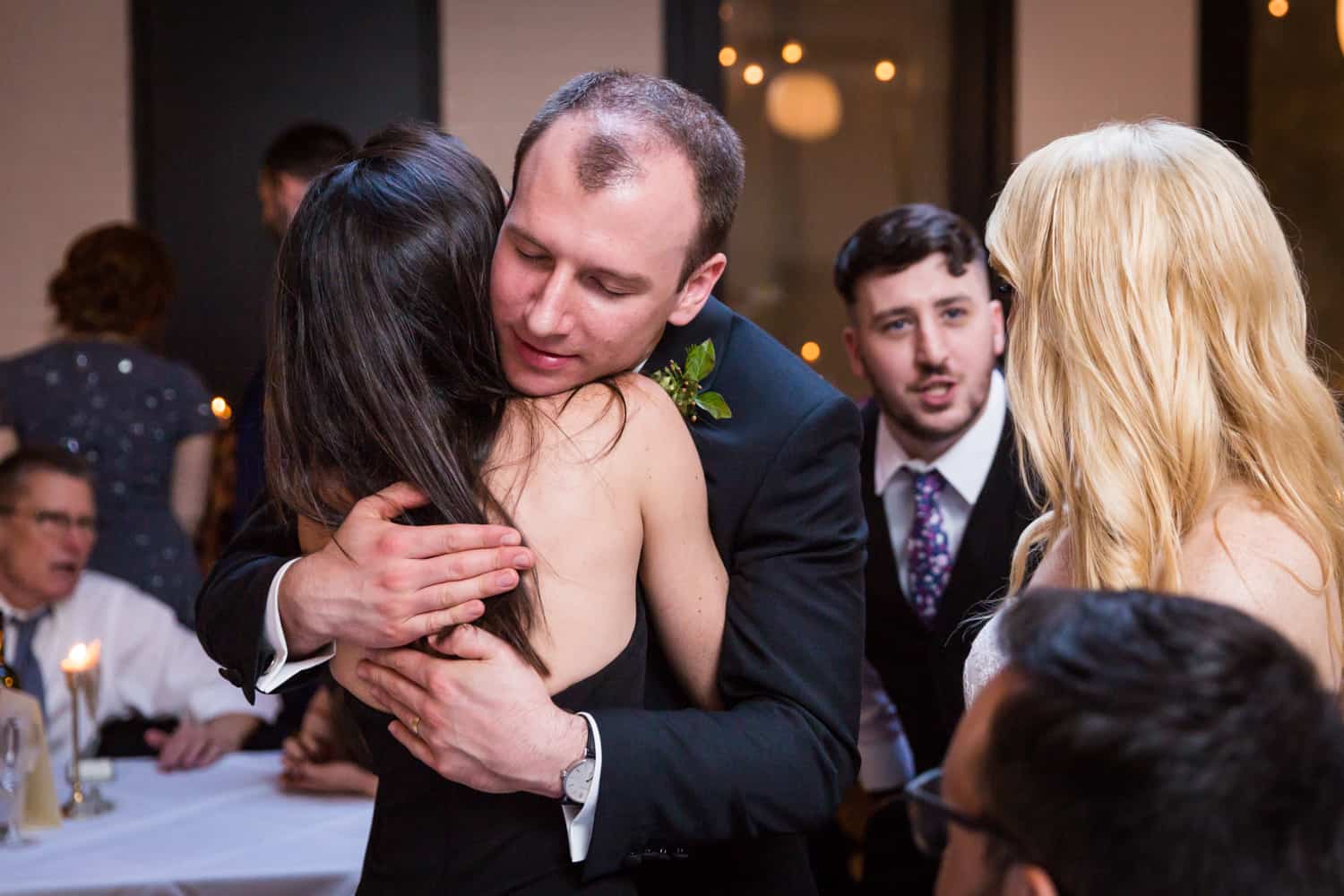
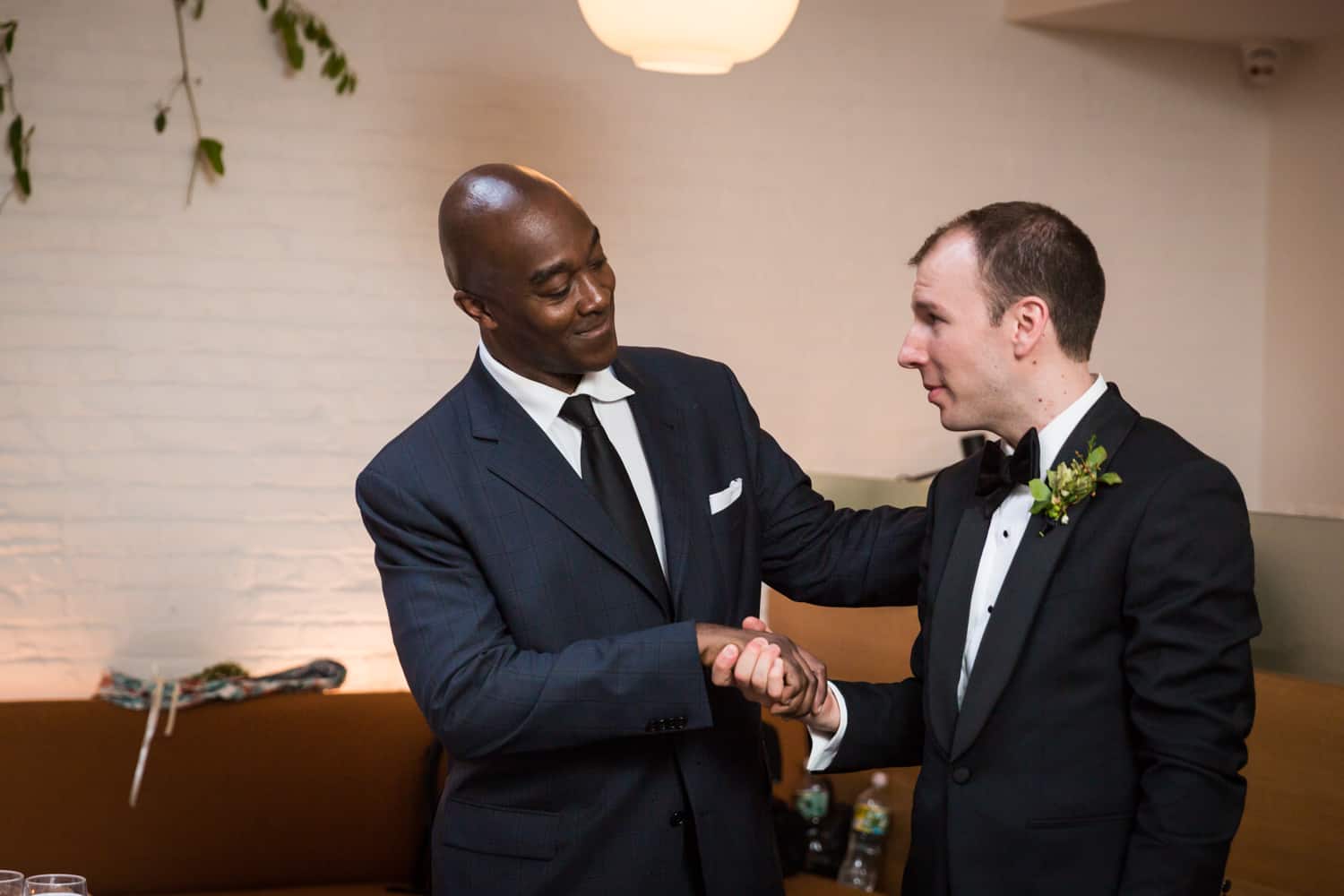
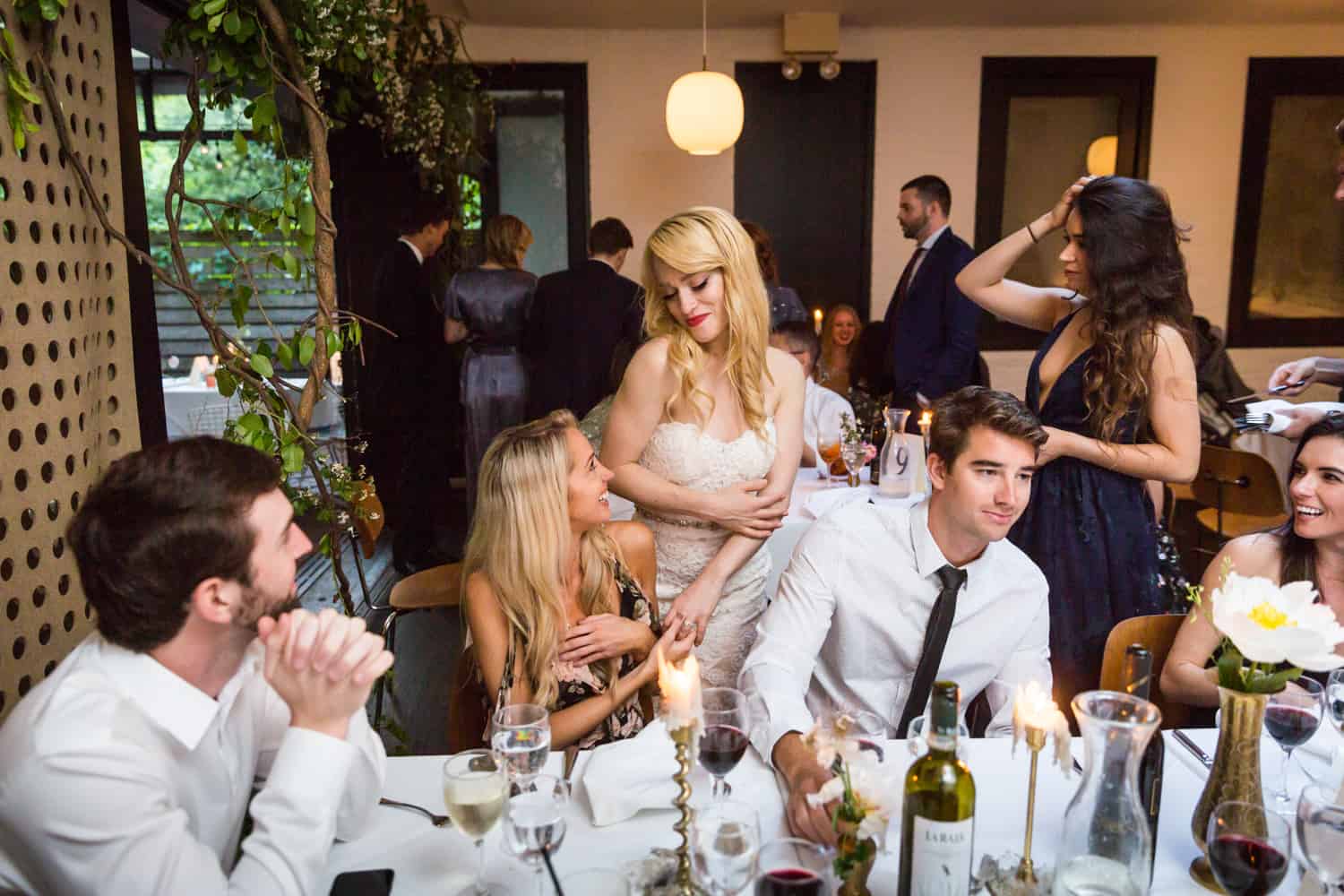
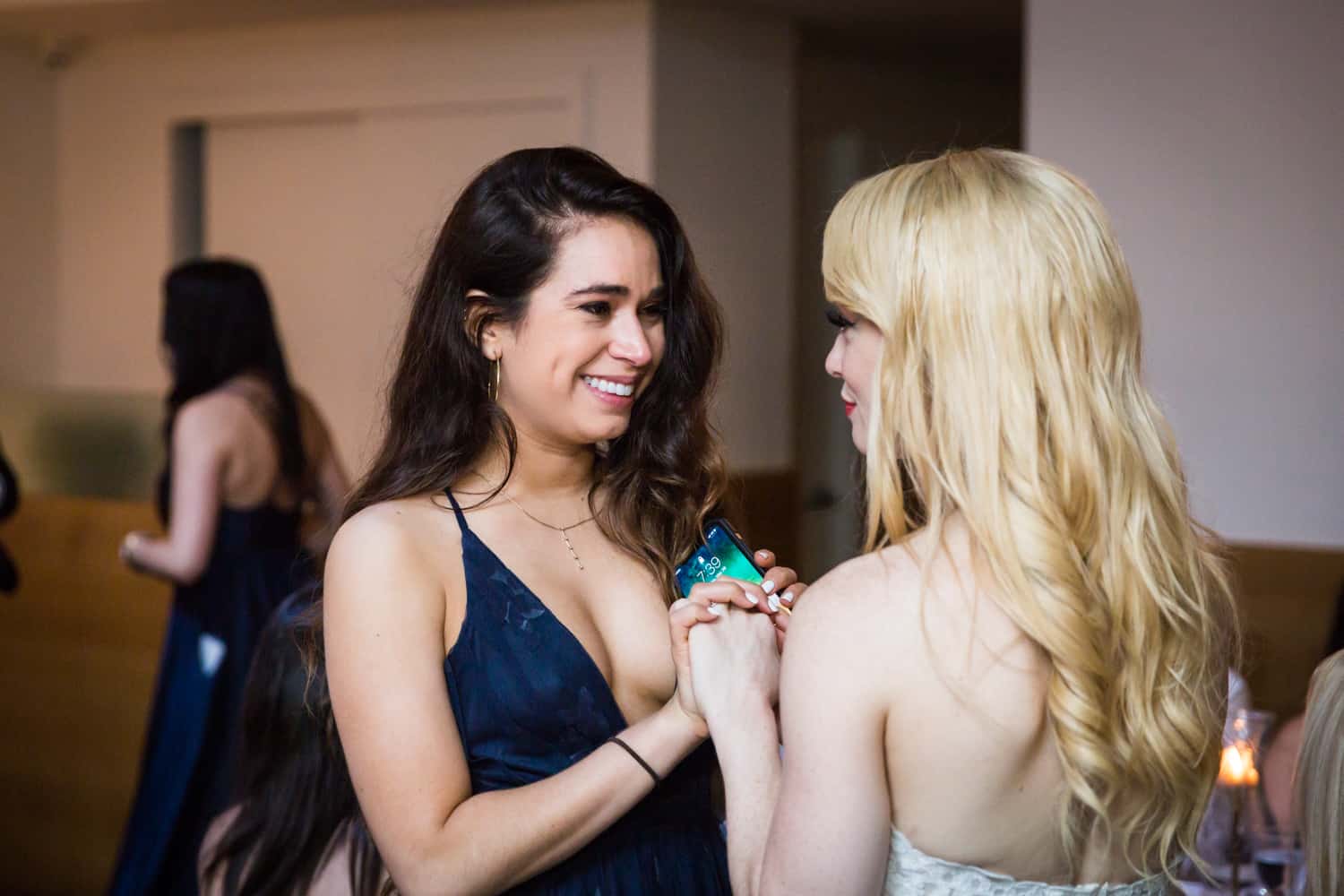
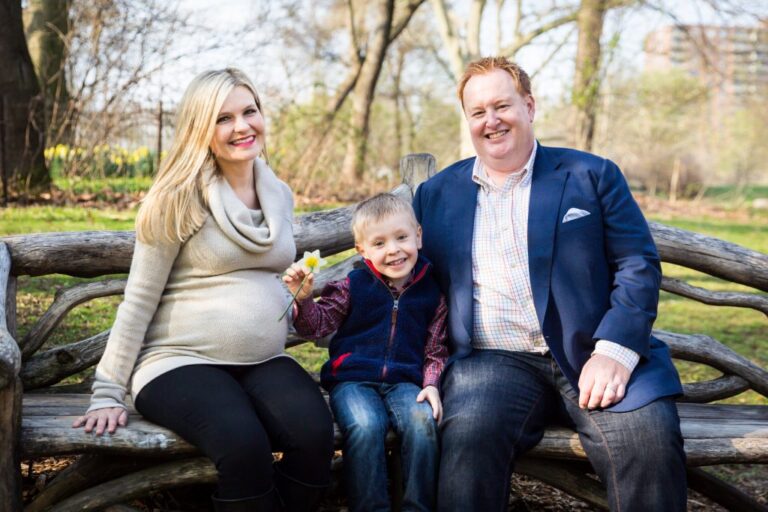
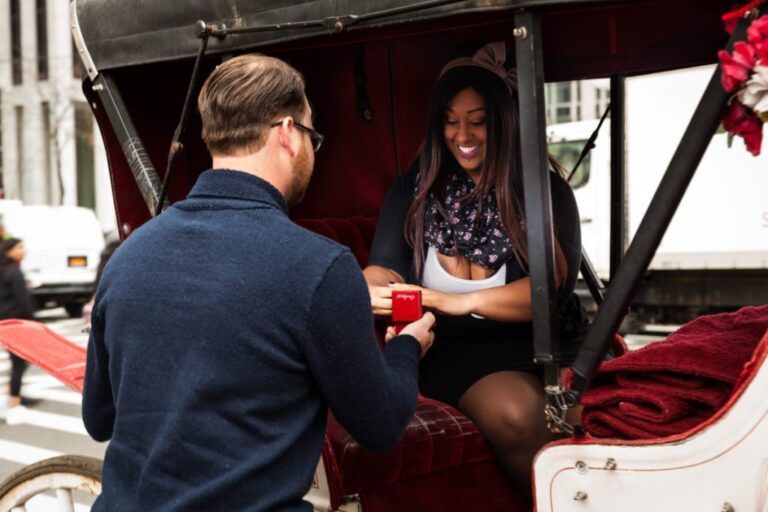
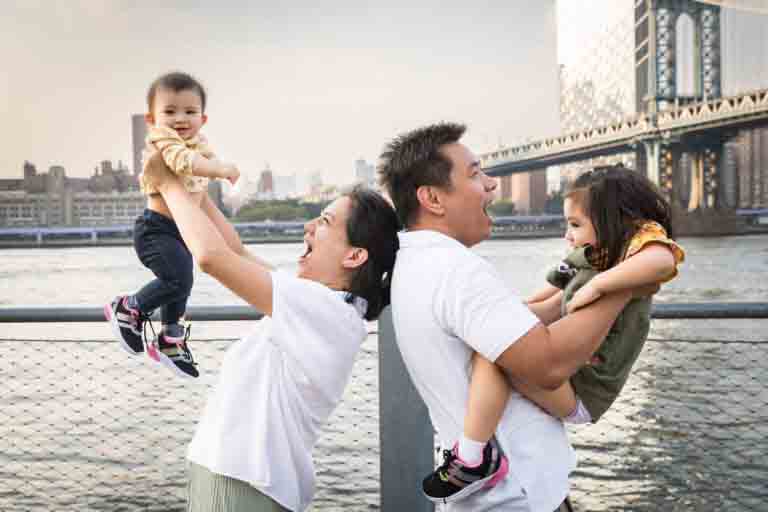
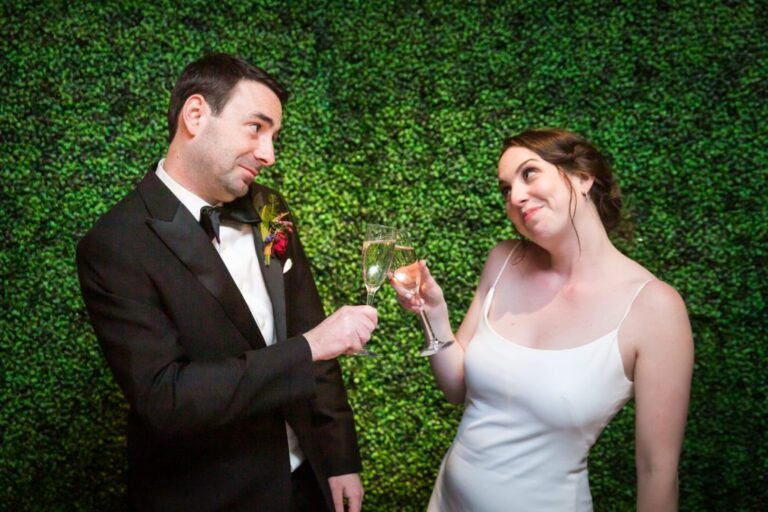
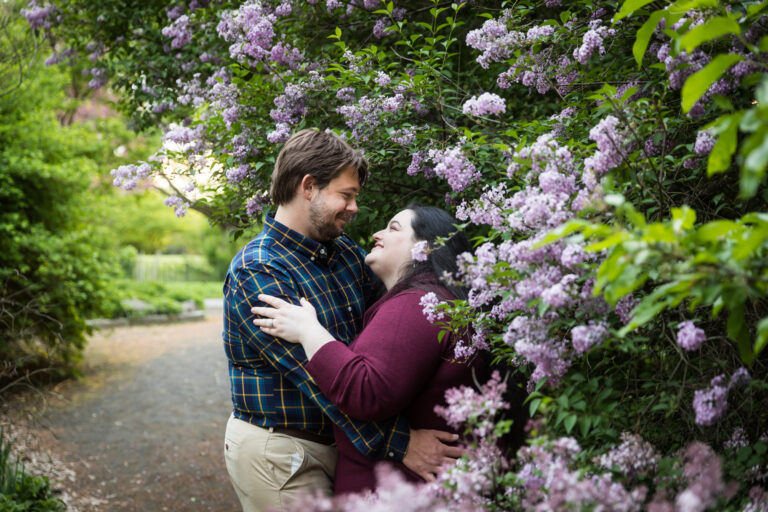
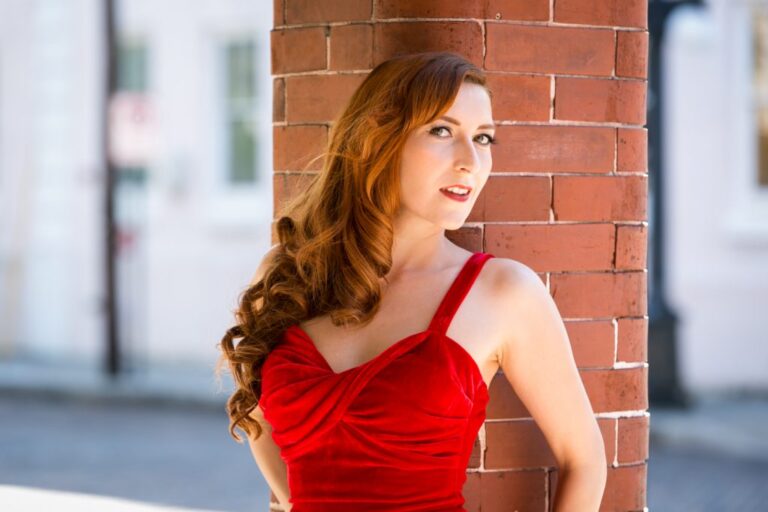
I’m a beginner event photographer, these shots above are awesome!could you explain how do you get well lid table shots when shooting from distance (shootingwith 70-200).thankyou
Hi Dan. Thanks so much for your email! I used two lenses to get these shots: the Canon 24-70mm f/2.8L and the 70-200mm f/2.8. Both are great lenses. When I shoot, I drag the shutter as much as possible to allow in all available light, and this lets me get by without using flash. I generally shoot at f/4 (though for some of these shots I opened up to f/2.8), and my ISO was at 800. I try to never go above an ISO of 1600. Though Canon 5D Mark IIIs are supposed to be good at higher ISOs, I find that I get significant noise (enough to annoy me) on ISOs above 1600. Best of luck to you with your shooting!
Thank you!
Thank you!